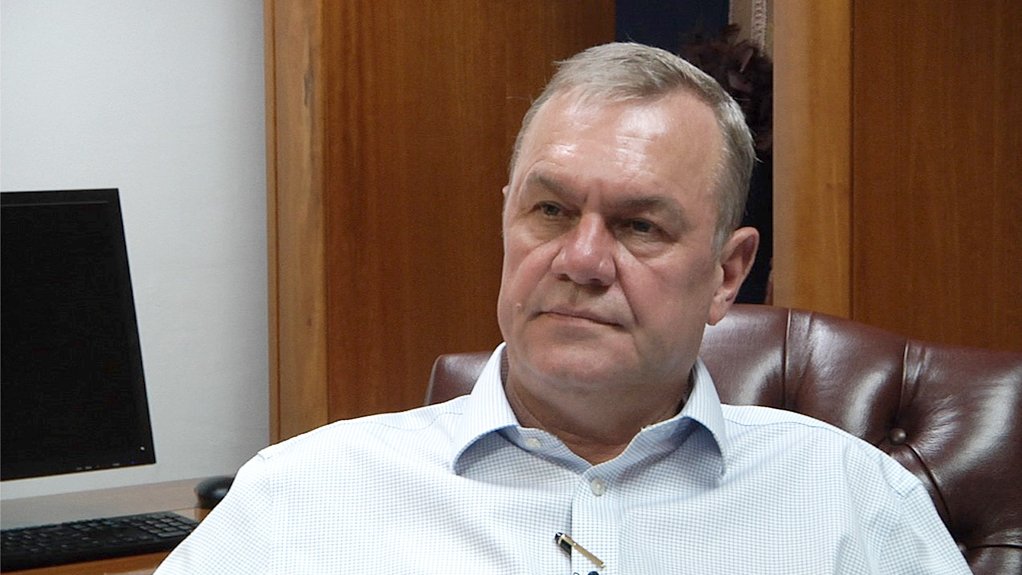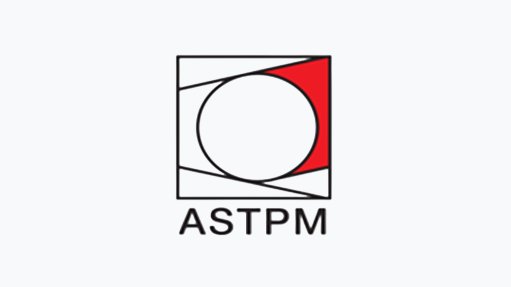AMSA to convert one Vanderbijlpark blast furnace to an electric arc furnace by 2028


In this video, AMSA CEO Kobus Verster tells Engineering News about the company's plans to decarbonise.
AMSA CEO Kobus Verster
Steelmaker ArcelorMittal South Africa (AMSA) CEO Kobus Verster has confirmed that the company will be converting one of its three blast furnaces into an electric arc furnace (EAF) within the next four years.
The company currently has two blast furnaces in operation at its Vanderbijlpark facility. However, since one of these is due for a refurbishment and relining in 2029, the decision has been made to take the opportunity to rather convert it to an EAF, as the latter produces fewer emissions.
“A blast furnace’s life is typically 20 years. Then you need to change the carbon inside the blast furnace, which means you have to do all the cooling and sometimes you even have to reshell it every second campaign, which is every 40 years. You almost have to build a new one then,” AMSA CTO Werner Venter explained.
Verster told Engineering News on April 30 that the newly converted EAF would be fed by six direct reduced iron (DRI) kilns on site to supplement scrap feed.
“We will refurbish three of our DRI kilns but the others are operational. That will be the initial feed, with scrap, as well as some pool iron coming from the existing blast furnace. This is because, once you start a 1.7-million-tonne EAF, there will not be enough scrap in South Africa, so we'll have to produce an alternative iron to feed that,” he pointed out.
The newly converted EAF will form a key part of AMSA’s decarbonisation plans up to 2030, and will be supported by a new 200 MW on-site solar photovoltaic (PV) power plant on which construction is expected to start later this year.
Venter explained that the blast furnaces were by far the single biggest cause of AMSA’s carbon emissions, owing to the need to use coking coal. Between the EAF and the solar PV plant, he said the company was aiming to reduce its carbon emissions by up to 25% by 2030.
Venter added that, so far, the technical concept and scope report for the EAF conversion had been approved.
“We've done the technical studies. We've done the evaluations. We finalised our basic designs, including what are the input materials, what's the megawatts of power needed, and so forth. We have put the specifications together and went to market in quarter one,” Venter explained, noting that time was short for the planning of the conversion ahead.
“We will now get some proposals and technical proposals, which we'll be working through. However, we need to have this EAF up and running by the latter part of 2028. That’s four years from now. It's not a lot of time,” he said.
The associated Scope 1 and 2 carbon emissions reduction from the EAF conversion is expected to be about 1.2-million tonnes a year.
The company still has to submit the environmental-impact assessment for the project, which Venter said would be done during the course of this year.
In addition, approval of the increased notified maximum demand from State-owned electricity provider Eskom also needs to be obtained.
Article Enquiry
Email Article
Save Article
Feedback
To advertise email advertising@creamermedia.co.za or click here
Comments
Announcements
What's On
Subscribe to improve your user experience...
Option 1 (equivalent of R125 a month):
Receive a weekly copy of Creamer Media's Engineering News & Mining Weekly magazine
(print copy for those in South Africa and e-magazine for those outside of South Africa)
Receive daily email newsletters
Access to full search results
Access archive of magazine back copies
Access to Projects in Progress
Access to ONE Research Report of your choice in PDF format
Option 2 (equivalent of R375 a month):
All benefits from Option 1
PLUS
Access to Creamer Media's Research Channel Africa for ALL Research Reports, in PDF format, on various industrial and mining sectors
including Electricity; Water; Energy Transition; Hydrogen; Roads, Rail and Ports; Coal; Gold; Platinum; Battery Metals; etc.
Already a subscriber?
Forgotten your password?
Receive weekly copy of Creamer Media's Engineering News & Mining Weekly magazine (print copy for those in South Africa and e-magazine for those outside of South Africa)
➕
Recieve daily email newsletters
➕
Access to full search results
➕
Access archive of magazine back copies
➕
Access to Projects in Progress
➕
Access to ONE Research Report of your choice in PDF format
RESEARCH CHANNEL AFRICA
R4500 (equivalent of R375 a month)
SUBSCRIBEAll benefits from Option 1
➕
Access to Creamer Media's Research Channel Africa for ALL Research Reports on various industrial and mining sectors, in PDF format, including on:
Electricity
➕
Water
➕
Energy Transition
➕
Hydrogen
➕
Roads, Rail and Ports
➕
Coal
➕
Gold
➕
Platinum
➕
Battery Metals
➕
etc.
Receive all benefits from Option 1 or Option 2 delivered to numerous people at your company
➕
Multiple User names and Passwords for simultaneous log-ins
➕
Intranet integration access to all in your organisation


















